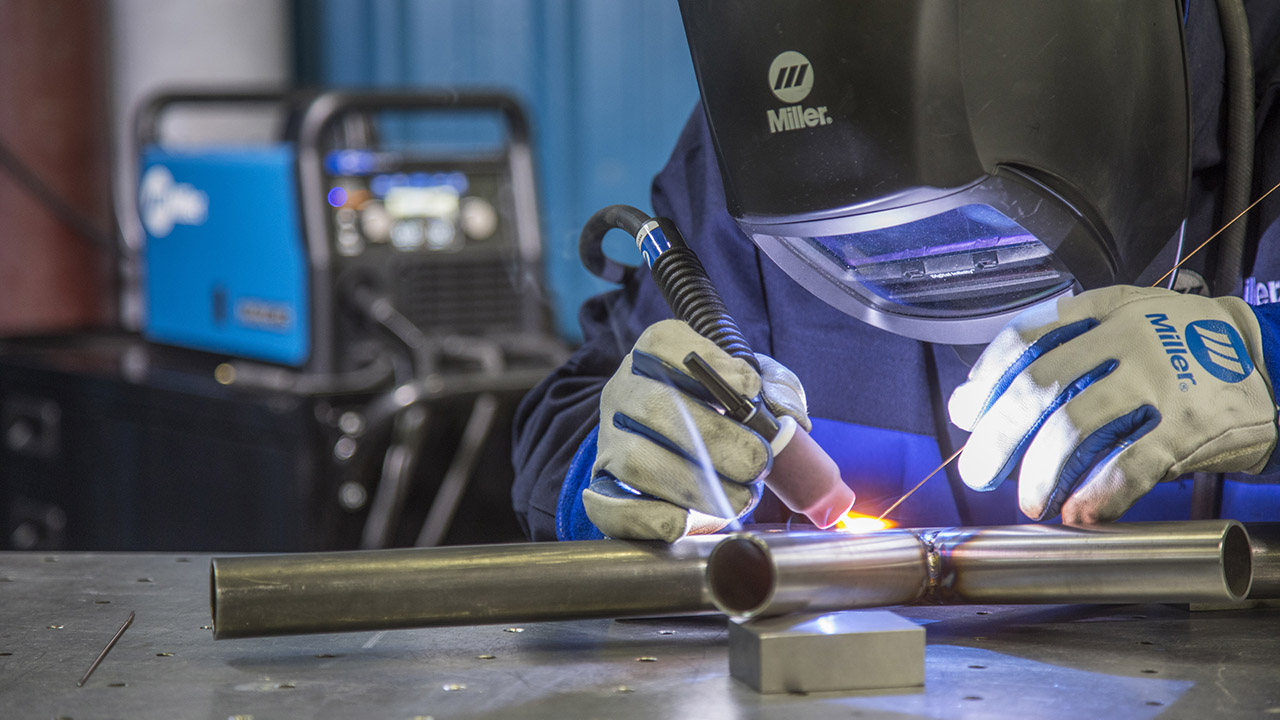Welding WPS for Beginners: Getting Going with Welding Procedure Specs
Welding WPS for Beginners: Getting Going with Welding Procedure Specs
Blog Article
The Ultimate Guide to Welding WPS Procedures: A Thorough Summary for Welders
In the detailed globe of welding, Welding Treatment Specs (WPS) offer as the foundation of ensuring quality, consistency, and safety and security in welding operations. Understanding the subtleties of creating, carrying out, and keeping track of WPS treatments is crucial for welders aiming to boost their craft and satisfy market standards. As we explore the various components of a WPS and discover the details of certification and certification, we will uncover the crucial duty these procedures play in the realm of welding. Let's embark on a journey to unravel the complexities and importance of WPS treatments in welding methods.
Significance of WPS Procedures
Understanding the significance of Welding Treatment Specs (WPS) treatments is important for ensuring the top quality and stability of bonded structures. WPS procedures offer as a roadmap for welders, detailing the needed steps, criteria, and products needed to accomplish a sound weld. By sticking to WPS standards, welders can ensure uniformity in their job, bring about dependable and structurally sound welds.
One of the primary reasons why WPS treatments are essential is their role in maintaining weld high quality and honesty. Adhering to the specified welding specifications and techniques detailed in the WPS assists protect against problems such as porosity, cracking, or incomplete fusion, which can endanger the strength and sturdiness of the weld. In addition, WPS procedures are critical for guaranteeing compliance with sector criteria and codes. By complying with recognized WPS guidelines, welders can show that their work satisfies the necessary requirements for safety and security and quality, offering assurance to customers, examiners, and governing bodies. Essentially, the relevance of WPS procedures can not be overemphasized, as they are fundamental to accomplishing constant, top quality welds that meet industry criteria and specifications.

Elements of a WPS
A Welding Procedure Specification (WPS) generally comprises necessary elements that information the certain needs for performing a weld, ensuring consistency and top quality in the welding process. The vital parts of a WPS consist of vital variables such as base metals, filler metals, preheat and interpass temperature levels, welding processes, securing gases, welding positions, and post-weld warmth therapy requirements.
Base metals refer to the products being joined, while filler metals are used to fill the void between the base steels during welding. Preheat and interpass temperature levels are vital for managing the warmth input and preventing concerns like breaking or distortion. The welding procedure describes the specific strategy to be utilized, whether it's gas metal arc welding (GMAW), protected metal arc welding (SMAW), or another technique. Securing gases protect the weld swimming pool from climatic contamination. Welding positions define the positionings in which welding can be done. Post-weld warm therapy may be required to relieve stress and anxieties and enhance the weld's residential properties. A comprehensive understanding of these components is vital for producing a comprehensive and efficient WPS.

Credentials and Qualification
Having developed the crucial elements of a Welding Treatment Specification (WPS), the emphasis currently moves towards the critical facets of qualification and qualification in welding techniques.

Certification, on the other hand, is the formal recognition of a welder's my response credentials by a pertinent qualification body or organization. Welding qualifications are usually based on the certain welding processes, products, and placements a welder is certified to deal with. Holding a valid welding certification demonstrates that a welder meets sector criteria and is experienced to do welding tasks to the required requirements.
Producing a WPS
To develop a Welding Procedure Spec (WPS) that fulfills market standards, mindful consideration of welding processes, products, and functional specifications is important. The initial step in producing a WPS is to identify the welding procedure to be used, such as gas steel arc welding (GMAW) or protected metal arc welding (SMAW)

Implementing and Checking WPS
Upon finalizing the detailed Welding Procedure Requirements (WPS) that diligently information welding procedures, materials, operational specifications, and top quality assurance steps, the focus changes to effectively executing and checking the well-known treatments. Execution involves ensuring that all welders included in the job are acquainted with the check here WPS and follow it diligently during the welding process. Reliable implementation and tracking of the WPS are critical for making sure the integrity, strength, and safety and security of the bonded joints, eventually adding to the overall success of the welding job.
Verdict
To conclude, understanding and adhering to Welding Procedure Requirements (WPS) is critical for welders to make certain quality, consistency, and security in their job. By understanding the components of a WPS, obtaining correct qualifications and certifications, developing in-depth procedures, and applying and checking them properly, welders can boost their abilities and effectiveness in welding methods. Following WPS treatments is necessary for producing top quality welds and conference market criteria.
In the complex globe of welding, Welding Treatment Requirements (WPS) offer as the foundation of making certain top quality, consistency, and security in welding procedures. The welding process outlines the specific strategy to be used, whether it's gas steel arc welding (GMAW), secured metal arc welding (SMAW), or one more technique.To create a Welding Procedure Requirements (WPS) that meets industry criteria, cautious consideration of welding processes, products, and functional specifications is important. The first step in producing a WPS is to recognize the welding process to be utilized, such as gas metal arc welding (GMAW) or protected metal arc welding (SMAW)Upon finalizing the detailed Welding Treatment Requirements (WPS) that carefully information welding processes, products, operational parameters, and top quality guarantee steps, the emphasis moves to successfully executing and keeping an eye on the well-known procedures.
Report this page